
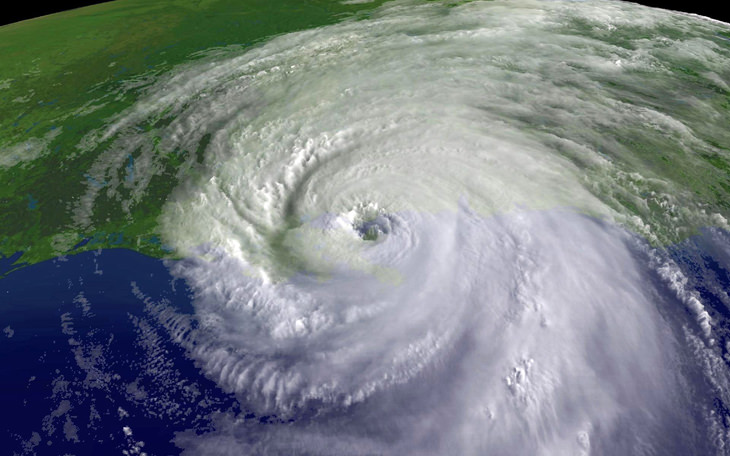
According to NASA, hurricanes are the most violent storms on Earth. They generally form over warm waters on the Earth’s equator. Air above the ocean’s surface absorbs heat and moisture. Seeing as hot air rises, a low pressure region then forms beneath it. The same thing happens with air moving from higher pressure areas into lower pressure areas. When the hot air gets high enough into the atmosphere, it cools and forms into clouds. This effect proliferates, and could potentially become a thunderstorm.
Other ingredients that a hurricane requires are reduced levels of wind shear (the change in wind direction with respect to atmospheric height), warmer waters around the north western coast of South America (known as the El Niño/La Niña cycle), and the influence of the Atlantic Multidecadal Oscillation (a 25 to 40-year-long climate pattern associated with warmer waters in the Atlantic and stronger African monsoon rains).
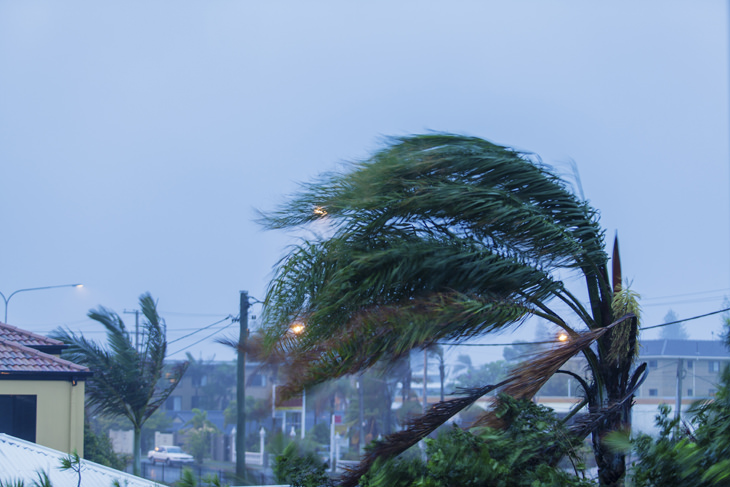
The Atlantic hurricane season officially begins on June 1st each year, and runs until November 30th. With that being said, hurricanes are much more likely to strike between August and October. Hurricane season in the Eastern Pacific starts two weeks earlier – on May 15th.
The Climate Prediction Center, based in College Park, Maryland, USA, classifies hurricane seasons according to the frequency with which they occur. For instance, an above-normal season will see anything between seven and 15 hurricanes, whereas a near-normal season will see four to nine hurricanes. A below-normal season will consist of two to four hurricanes.
The Center released its outlook for 2017 on May 25th, predicting that it will be an above-normal Atlantic hurricane season this year. It said that the region has a 70% chance of experiencing five to nine hurricanes, with two to four of those potentially becoming category 3, 4 or 5 hurricanes. However, this prediction is still dependent on what happens with the El Niño weather cycle.
Once a storm reaches wind speeds of 38mph, it’s officially a tropical storm. A tropical storm becomes a hurricane when the wind speeds reach and exceed 74mph. The Hurricane Wind Scale is used to classify a hurricane’s strength, with a category 1 being the least severe kind of hurricane, and category 5 being the most severe. Scientists are toying with the idea of adding a category 6 to the scale, and this is one account of the increased incidence of hurricanes that are attaining wind speeds well in excess of the threshold speed for a category 5. View the Hurricane Wind Scale below:
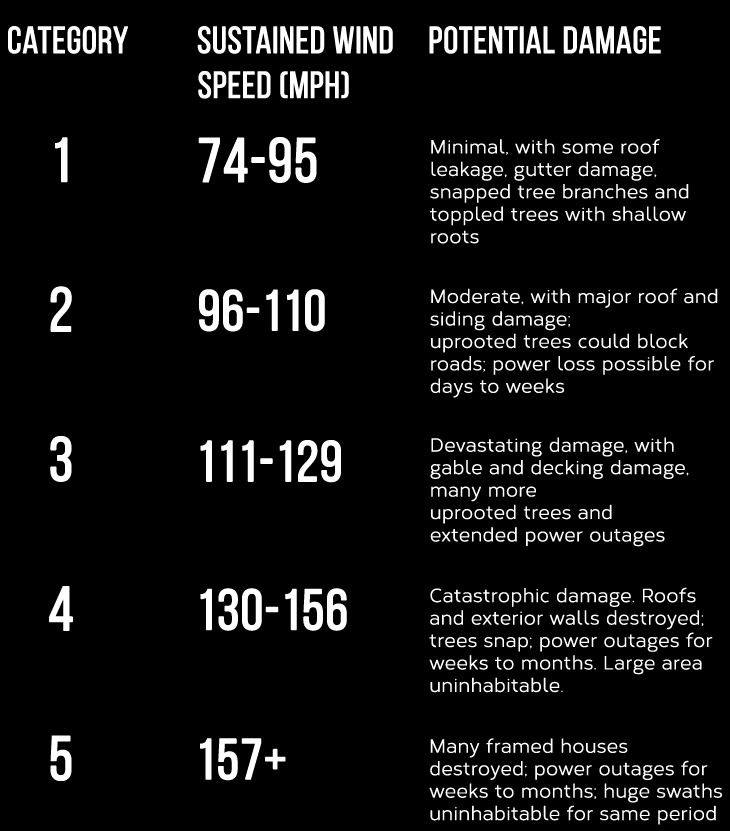
The difference between hurricanes, typhoons and cyclones
In essence, hurricanes, typhoons and cyclones are exactly the same kind of storm – it’s just the region of the world in which they happen to form that differentiates them from one another. Hurricanes are formed in the Northeast Pacific and Atlantic, typhoons are formed in the Northwest Pacific, and cyclones are formed in the South Pacific and Indian Oceans. The term “tropical cyclone” is used for any storm of this kind that forms 300 miles or more south of the equator.
Hurricane naming conventions
Hurricanes were initially named for feat days pertaining to Catholic saints; however the naming conventions for them have changed several times since then. The World Meteorological Organization now has a long list of alphabetical names that repeat on a six-year cycle. These names are short given names that are given to English, Spanish, Dutch and French speakers. This reflects the languages spoken in the regions of the world affected by hurricanes.
In the event of a hugely devastating hurricane, its name is usually struck off the list in the name of maintaining sensitivity toward the people affected by that particular storm.
How to prepare for a hurricane
The first step toward being safe during hurricane season is to have a plan that’s worked out for all potentially-affected family members, including dogs and cats! Determine whether it’s safe to hunker down at home, as opposed to being in an evacuation zone.
If it’s the latter scenario that you find yourself in, you should determine a specific route out of the evacuation zone, keeping in mind that many roads may be closed. You also need to figure out where to stay during the storm. Will it be with family or friends, in a motel or even perhaps in a shelter?
You should also ensure your ability to keep in touch with family members and friends. Consider a predetermined meeting place and protocol for when a hurricane strikes. Also consider having a common out-of-state contact that can relay messages between parties.
With regard to pets, they should be leashed or placed in a carrier. Prepare a list of their vaccinations or medications, as well as a photo just in case they get lost. You might also want to look into finding someone to care for your pet in the event that a hotel or shelter doesn’t accept them. You can also put a collar of them showing the information for an out-of-state contact.
Storm-proofing your home
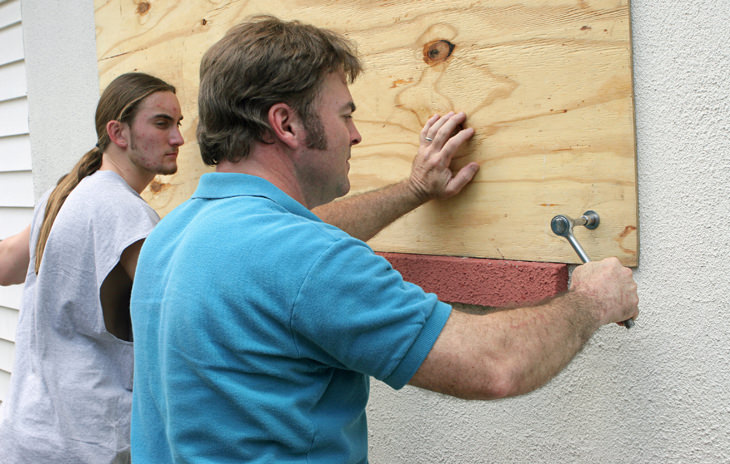
Trees can cause a heck of a lot of damage during a hurricane, so ensure that you trim or remove any damaged trees in the vicinity of your home if there happens to be one on the way.
The next thing you can do is ensure that rain gutters are fixed in place and free of debris. Reinforce your home’s roof, doors and windows, including the garage door if you have one. Consider purchasing a generator that you can use in the event of an extended power cut.
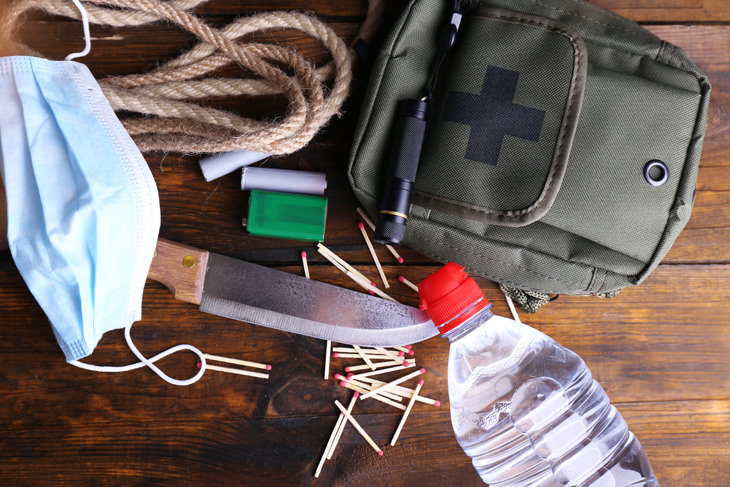
If you’re an individual who lives in hurricane country, having a stash of emergency supplies is an absolute must. These are absolute essentials:
• A gallon of water per person per day for at least three days
• A three-day supply of non-perishable food
• A battery-powered or hand-crank radio
• A flashlight with extra batteries
• A first aid kit
• A whistle to get help
• Dust mask
• Moist towelettes, garbage cans and plastic ties for sanitation
• A wrench or pliers for turning off busted pipes
• Maps
• A can opener for food
• And cellphone chargers.
Content source: LiveScience
Images (including cover) by Deposit Photos.